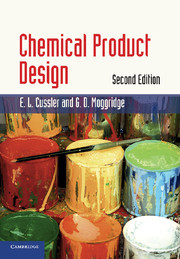5 - Product Manufacture
Published online by Cambridge University Press: 05 June 2012
Summary
By this point, we are close to a decision on what product we will make and sell. We have identified a customer need, and we have quantified the need in terms of product specifications. We have sought a large number of ideas which could meet this need, and we have organized and edited these ideas until we have a manageable number. We have selected the best one or two ideas. Now we are close to deciding what we will manufacture.
The initial section of this chapter explores three aspects leading to product manufacture. The first, discussed in Section 5.1–1, concerns intellectual property. Often, our new product will include some aspects of invention. In these cases, we will want to consider whether or not to seek patent protection. Patents can give us an exclusive licence to market our invention, and hence command higher prices which let us more quickly recover our development cost. In return for this exclusive licence, we must make a full disclosure of what our product is, and how it works. Sometimes we will decide to seek patent protection, but sometimes we will choose to keep trade secrets.
In Section 5.1–2, we turn to assembling missing information required to realize our product. Sometimes, this information will be necessary to make sure our selected product will function as we expect. In other cases, it may be part of what is needed for any patent applications.
- Type
- Chapter
- Information
- Chemical Product Design , pp. 161 - 236Publisher: Cambridge University PressPrint publication year: 2011



